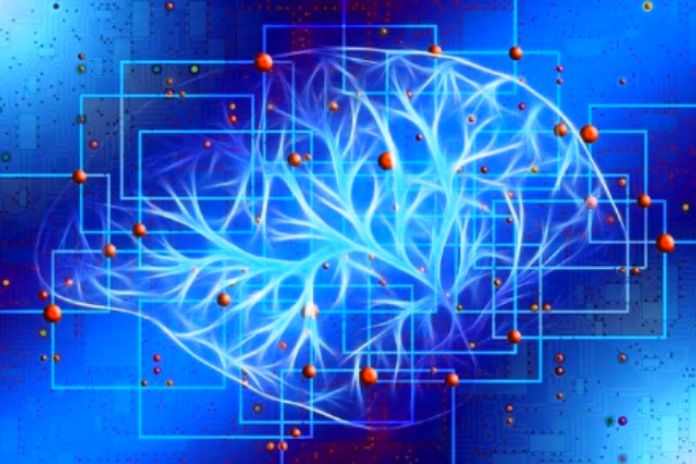Artificial intelligence, also called AI, is an area of computer science that aims to replicate human thinking through software. It was developed to solve problems without human interference and autonomously. This way, it goes far beyond automating simple tasks since it is programmed to repeat lessons and simulate human behavior and thinking.
Thus, it can evaluate large volumes of data, predict behavior and transform quantitative information into qualitative data to support decision-making, from the simplest to the most complex. The concept of AI is older than many realize. That’s because he was already in the bright minds of a generation of scientists and mathematicians as early as the 1950s.
One of them was Alan Turing, an intellectual with knowledge in several areas who began to study the subject a lot and, thus, published an article that addressed the creation of intelligent machines.
However, despite being fundamental and setting the kick-off for the emergence of AI, his thesis was much more conceptual than practical. After all, until 1949, computers were not yet capable of storing commands.
Not to mention the costs of the machines, whose rents were around 200,000 a month. Only universities and large technology companies could afford to use them.
Beginning and Progress
Ground zero for AI came at a conference in 1956 organized by John McCarthy, an American computer scientist who christened research artificial intelligence.
Three years later, the term machine learning emerged, one of the main branches of AI. It was used to describe the ability of machines to learn any function without being directly programmed to do so.
In this context, it is worth exemplifying some types of artificial intelligence that rely on the essence of machine learning. Thus, we can mention both the offers recommended by Netflix and Amazon and the self-driving cars designed by Google, which are already circulating on the streets.
Let’s go back to the evolution of AI. In 1964, it was the turn of ELIZA, the first known software created to simulate human conversation. Also considered the world’s first chatbot, ELIZA came from the brilliant mind of Joseph, a writer, and scientist.
Thus, AI has followed the evolution of the times and digital transformation, and today, it has increasingly complex and impressive solutions. This event was created to answer one of the most challenging questions today: “can a machine think”?
Why Is Artificial Intelligence (AI) The Subject Of Controversy?
Anything that breaks paradigms usually raises debates. With artificial intelligence for business, it is no different. This subject is vast since the discussions around them are diverse. A few years ago, Tesla’s also controversial Elon Musk claimed that AI could threaten the human species if regulations were not created and followed.
Stephen Hawking also expressed apprehension about the development of artificial intelligence. For the British physicist, if machines evolve a lot, they will develop on their own and, thus, be able to dominate the world. This topic has also been widely discussed in the market, especially in the HR sector.
This is because, for some experts, applications and software that analyze and select CVs can promote exploitation and cause loss of rights. For others, extensive data systems are essential to help them both in hiring and other decision-making.
The subject also gives a piece of cake about security. A survey by the Pew Research Center found that about 80% of Americans are concerned about their data privacy and fear being controlled by the government.
In other words, much is discussed from an ethical point of view, and it is still too early to say whether there is a right and a wrong side. These are just assumptions, as there is no hard data yet.
In this sense, we must think that AI was created by man and in favor of man. Therefore, a large part of this intelligence results from the look and brilliance of its creator: the human being.
Not to mention that, so far, skills and soft skills such as creativity and empathy are undeniably human powers that, at least shortly, cannot be replaced by machines.



